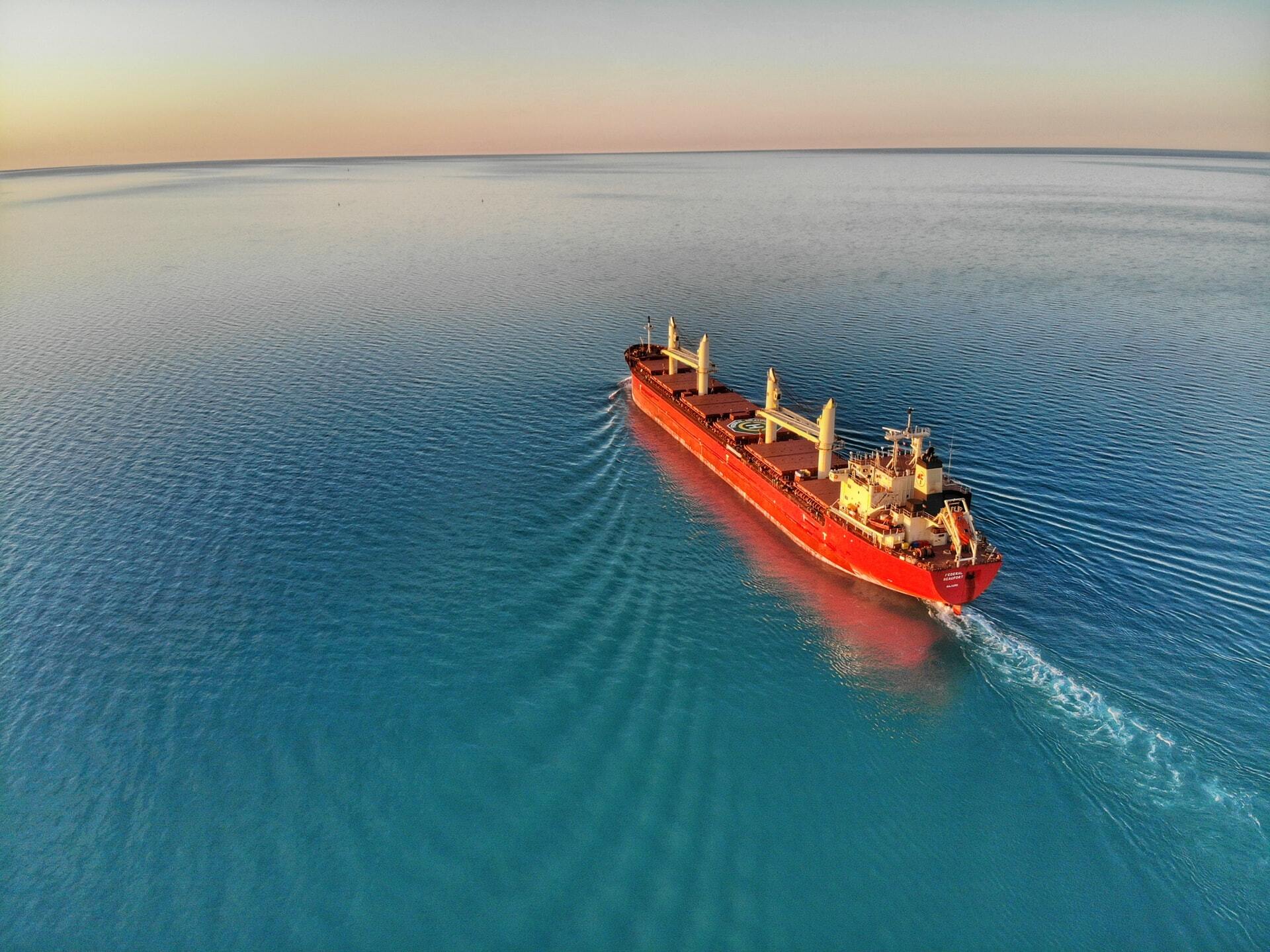

The quality of ship performance models has an impact on practically every decision taken in shipping. Improving these models can generate considerable fuel savings and emission reductions in many ways. Even though the fuel-saving potential varies depending on ship type and style of operating, this whitepaper highlights 3 of the most straightforward areas where fuel can be saved using better ship performance models.
1. Improved hull performance
Today, decisions on when to schedule a hull cleaning are taken mostly reactively. Alternatively, other companies follow a fixed schedule of cleaning every X months. Both methods have their drawbacks.
Cleaning reactively usually means the underperformance has reached such an extent that is actively causing problems that can no longer be ignored such as double-digit excess fuel consumption or macro-fouling disallowing vessels to trade in certain waters. Once fouling has grown into macro-fouling, cleaning providers will need to use aggressive removal techniques that will also remove lots of the paint. This paint removal will then lead to a quicker accumulation of fouling during the next voyages and the ship will slowly enter a vicious performance degradation cycle ending with a completely underperforming hull. We've observed cases of 40% excess fuel consumption in the year before drydocking.
Cleaning at fixed intervals is also suboptimal because fouling is not something that grows predictably and linearly. A ship can sail for 3 years without accruing any real fouling, while another ship can already have heavy fouling after 6 months. It depends heavily on how long and where the ship has idled and is influenced by a variety of local phenomena that can not always be measured. As a result, cleaning at fixed intervals often leads to cleaning prematurely, damaging the paint and pushing the vessel into a similar performance degradation cycle.
Today's guessing game of when to clean is caused by inaccurate performance models and performance monitoring. Uncertainty bands of 10%-30% are common in performance monitoring software these days - making it impossible for performance analysts to decide if a ship is performing well, or if a cleaning is necessary.
More accurate ship performance models enable pro-active scheduling of cleanings. Improved ship performance models like ship kernels take into account the effect of all possible secondary conditions (draft, wind, wave, currents, water depth, etc.) - ensuring that the remaining performance fluctuations can only be caused by hull performance-related factors such as fouling and paint degradation. With the accuracy of ship kernels, performance drops of 1%-2% can be identified and cleanings can be scheduled at the ideal time when only micro-fouling is present, so it can be removed with soft cleanings that don't damage the paint. This improves hull performance and extends the useful lifetime of the paint. The savings potential depends heavily on how suboptimal cleanings are scheduled today and how frequently the vessel idles in fouling-prone waters.
Fuel savings between 2%-10% have been observed for this use-case.
2. Voyage Optimization
A voyage optimization algorithm is only as good as the ship performance model it builds upon. And that's the Achilles heel of most voyage optimization software today. If the used ship performance model can only predict coarse BFT conditions, or worse, only 'good' and 'bad' weather, how can you expect the optimization algorithm to truly optimize the route for weather conditions? If it can't understand the difference in performance between waves of 2.2 metres at an angle of 40 degrees and waves of 2.5 metres at an angle of 60 degrees, how can the algorithm decide what option minimizes consumption?
Today's routing algorithms are mostly oversimplifications with the main purpose of giving commercial estimations and ensuring safety of the vessel, but very few actually also optimize the route to minimize fuel consumption. To do so you need much more advanced ship performance models, such as ship kernels.
3. Validating savings of ESD's
With high fuel prices and increasing regulatory pressures to reduce emissions, a myriad of Energy Savings Devices (ESDs) are being retrofitted and trialled all around the world. Examples range from Boss Cap Fins, propeller redesign, and premium paints, to Air Lubrication and Rotor Sails. Claimed savings range from 0.5% to 30%.
The problem is that once these devices go into operation at sea, nobody is able to validate how much they are actually saving. This frustrates early adopters as they don't know the return on their investment and if they should roll out the device to the whole fleet. It also equally frustrates manufacturers whose claimed savings are being questioned all the time.
The challenge in quantifying these savings lies in all the other factors influencing a ship's performance such as waves, wind, currents, draft, fouling, water depth, water temperature, and many more. They clutter the analysis and make it impossible to distinguish the effect of the ESD from the other factors. With advanced ship performance models like ship kernels that account for all these secondary factors, it's possible to accurately quantify and validate the savings of ESDs. Being able to measure the effectiveness of different ESDs in operation allows companies to use this data to build out a constructive decarbonization roadmap and decide what should be rolled out to the whole fleet.
Conclusion
Improved Ship Performance Models like Ship Kernels enable additional fuel savings in lots of areas that have been previously plagued by inaccurate estimates and noisy analysis. The exact savings depends heavily on what processes and technology is already in place, as well as the vessel type and operational profile. Feel free to get in touch with us to set up a discovery call where we can explore the fuel-saving potential of improved ship performance models for your fleet.